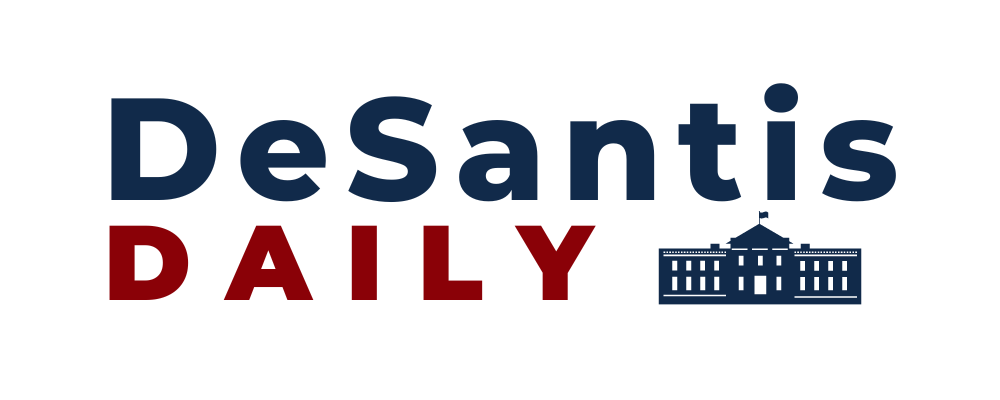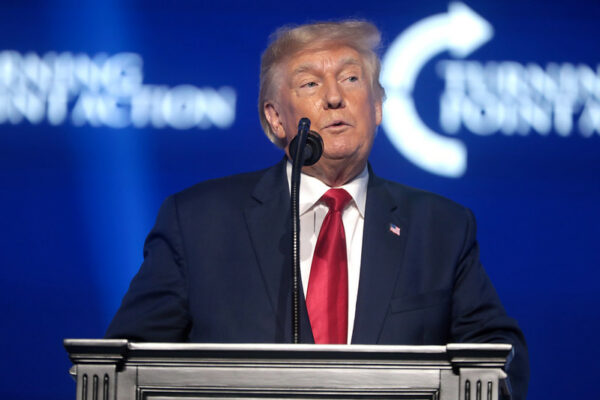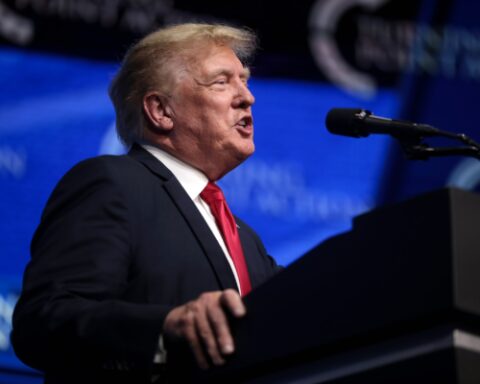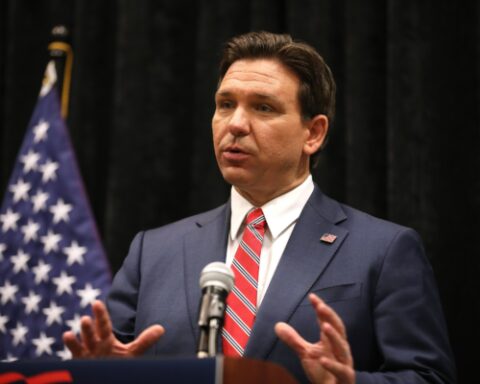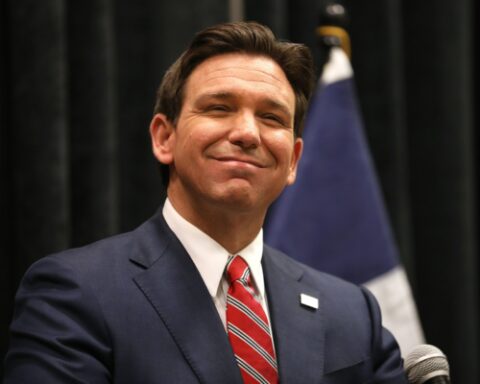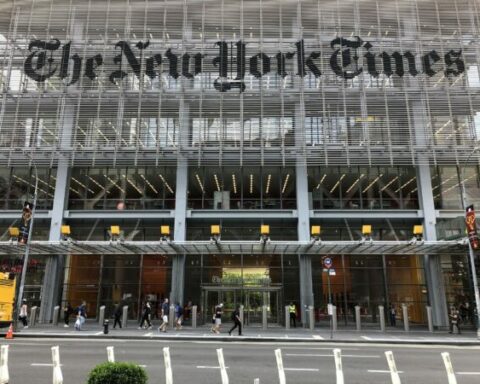President Donald J. Trump reportedly said Monday that he had signed a series of letters notifying 12 countries of the tariffs they will face on exports to the United States, presenting what he called a “take-it-or-leave-it” offer as his administration’s trade negotiations enter a more forceful phase.
The letters, expected to be delivered this week, outline the tariff terms each country must accept to avoid harsher economic penalties, with deadlines looming for compliance.
Trump declined to identify the countries involved but indicated that details would be released soon.
The move follows a 90-day window that began in April, during which the U.S. paused planned increases on a broad range of tariffs.
That pause, which ends July 9, was designed to give foreign partners time to strike agreements under Trump’s new trade framework, which includes baseline tariffs of 10 percent and provisions for higher rates if negotiations stall.
So far, only the United Kingdom and Vietnam have reached preliminary deals. The U.K. arrangement preserves a 10 percent tariff on most goods, with exemptions for certain sectors.
Vietnam agreed to accept slightly higher tariffs and implement duties on Chinese goods rerouted through its ports—seen by administration officials as a key breakthrough.
Talks with other major trading partners, however, remain unsettled. India appears close to a reciprocal trade agreement, but negotiations with Japan and South Korea have made little progress.
Trump’s team is preparing to send formal letters to both governments if talks remain stalled. European Union leaders are working to avoid sweeping U.S. tariffs on steel, aluminum, and autos, though the prospect of a partial deal before the deadline is uncertain.
The administration’s new strategy represents a pivot away from multilateral trade talks and toward direct, bilateral engagements, where Washington sets the terms.
The ultimatum-style letters reflect Trump’s frustration with the pace of diplomacy and his preference for bold, unilateral moves.
“We’ve waited long enough,” Trump said Monday. “Now it’s up to them.”
Market reaction has been cautious. While Wall Street indexes remain near record highs, analysts warn that the threat of a trade rupture with key allies could spark volatility.
Asia-Pacific markets in particular have shown signs of concern as traders brace for the July 9 deadline.
The letters, officials said, are intended to give countries one final chance to accept Washington’s terms. If they do not, tariffs of up to 70 percent could take effect as early as August 1.
[READ MORE: DeSantis Issues Threat to Punish Island City For Decision to End Agreement With ICE]
